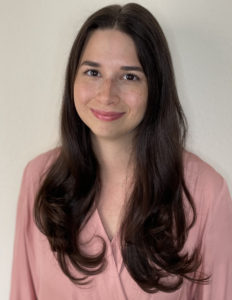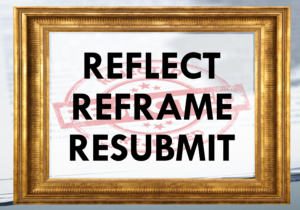When the hired becomes the hirer: Hiring tips for new group leaders
I became familiar with the hiring process from the standpoint of an applicant, most recently as a newly recruited Assistant Professor. Despite this lived experience, being at the leading edge of hiring my own team is much less familiar. Here, I share some tips and tricks for new group leaders to consider when building their research team. My recent lessons learned.
Some of these steps can be done well ahead of your official start date. If you have the bandwidth to start hiring before you arrive, reach out to your department administrator about how to do so.
1) Writing a job advertisement: I recommend beginning by reflecting upon the role you hope the employee you hire will fill in your group. Will they have managerial or administrative responsibilities? Will they train others? Consider what technical, interpersonal, and organizational skills this person needs to possess to be successful in this role.
Next, write the job advertisement. Begin by reaching out to relevant division and human resources administrators as there may be specific requirements and language that must be included in the job ad. In addition to the requirements, I recommend providing information about your research program. Listing expectations for successful candidates will help prepare applicants for what is to come should they join your group.
2) Advertising your position: While your institution can advertise your open position through institutional job boards, professional websites (LinkedIn, Indeed, Academic Keys, etc.), and society job boards (ASCB, SACNAS, etc.), group leaders can also contribute to this process. If you have a strong social media presence, advertising on Twitter, LinkedIn, or Facebook accounts may help bring attention to the opening. If not, you may have collaborators or trainees who can endorse the position on Twitter to help spread the word. Attend recruiting events to put a face to the name of their laboratory. These could be internal events (i.e., graduate program events and departmental poster sessions) or external events (i.e., society-sponsored online career events and networking hours at conferences).
3) Interviewing and preparation: Once you have decided whether an applicant is a good fit for the position, you can begin to interview candidates. The type of interview may vary depending on the position. For example, for a postdoctoral candidate, I first perform a phone “screener” interview (~15-20 minutes, conversational but led by a set of questions I wrote). If this phone screener interview is successful, then I host a full interview with the candidate and members of my lab. During this full interview, I ask the candidate to present a 30–40-minute virtual research presentation to my lab. However, because my lab was just me when I interviewed my first postdoctoral candidate, I invited members of the hematology community within my Division at Fred Hutch to join the seminar along with research colleagues/collaborators from other institutions whom I trust. It was SO helpful to have supportive and inquisitive scientists join the seminar! My colleagues asked thoughtful questions, helped show the candidate the diversity of research at the Center, and provided insight that helped me decide whether to make an offer to the candidate.
After the seminar, the applicant and I met for a more formal interview where we could speak in-depth about their research and discuss projects in my laboratory. I also created a list of interview questions that I used to guide this conversation. For a postdoc, these questions range from “What do you believe are your strengths as a scientist? What do you want to improve upon or learn during your next phase of training?” to “What traits do you want in a postdoctoral mentor? What style of mentoring do you prefer as a mentee?”. I use this list of questions to guide the interview while also making sure to leave time for the candidate to ask me questions. Using a list of interview questions to direct your one-on-one conversation helps ensure upon completion of the meeting, you have gathered the necessary information to inform your hiring decision.
Along these lines, I have a set of questions for all types of positions I plan to fill in my lab, including postdoctoral fellows, research technicians, undergraduate researchers, and graduate rotation students. Being able to take notes directly on this set of questions is also hugely helpful for me when I go back to review my notes.
Conclusions
As a new group leader, taking care to hire individuals who have the skills and qualities to be successful is incredibly important for your own success. Being thorough in creating a job advertisement and interviewing candidates can help ensure you make the best possible decision to support the success of your group.






0 Comments